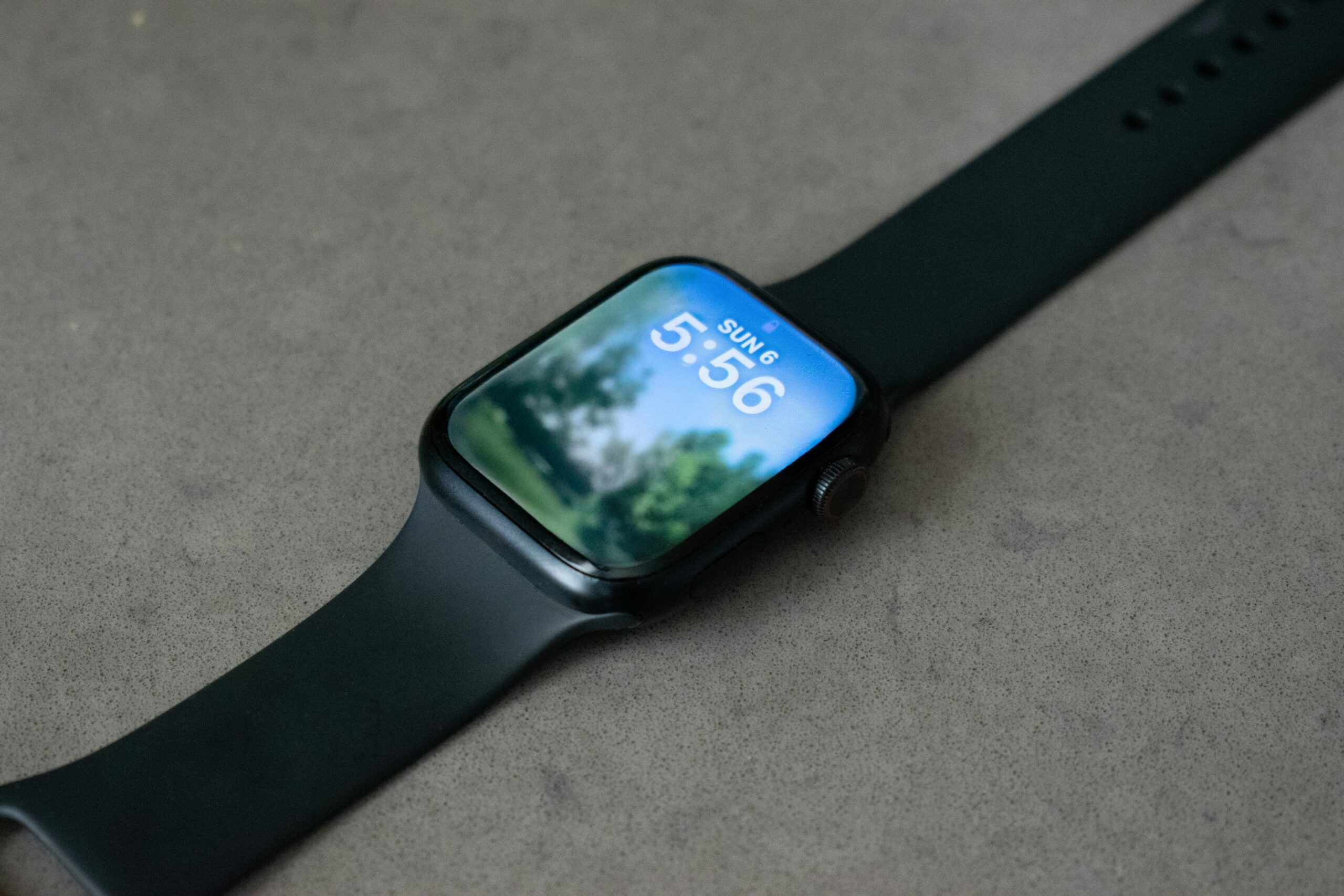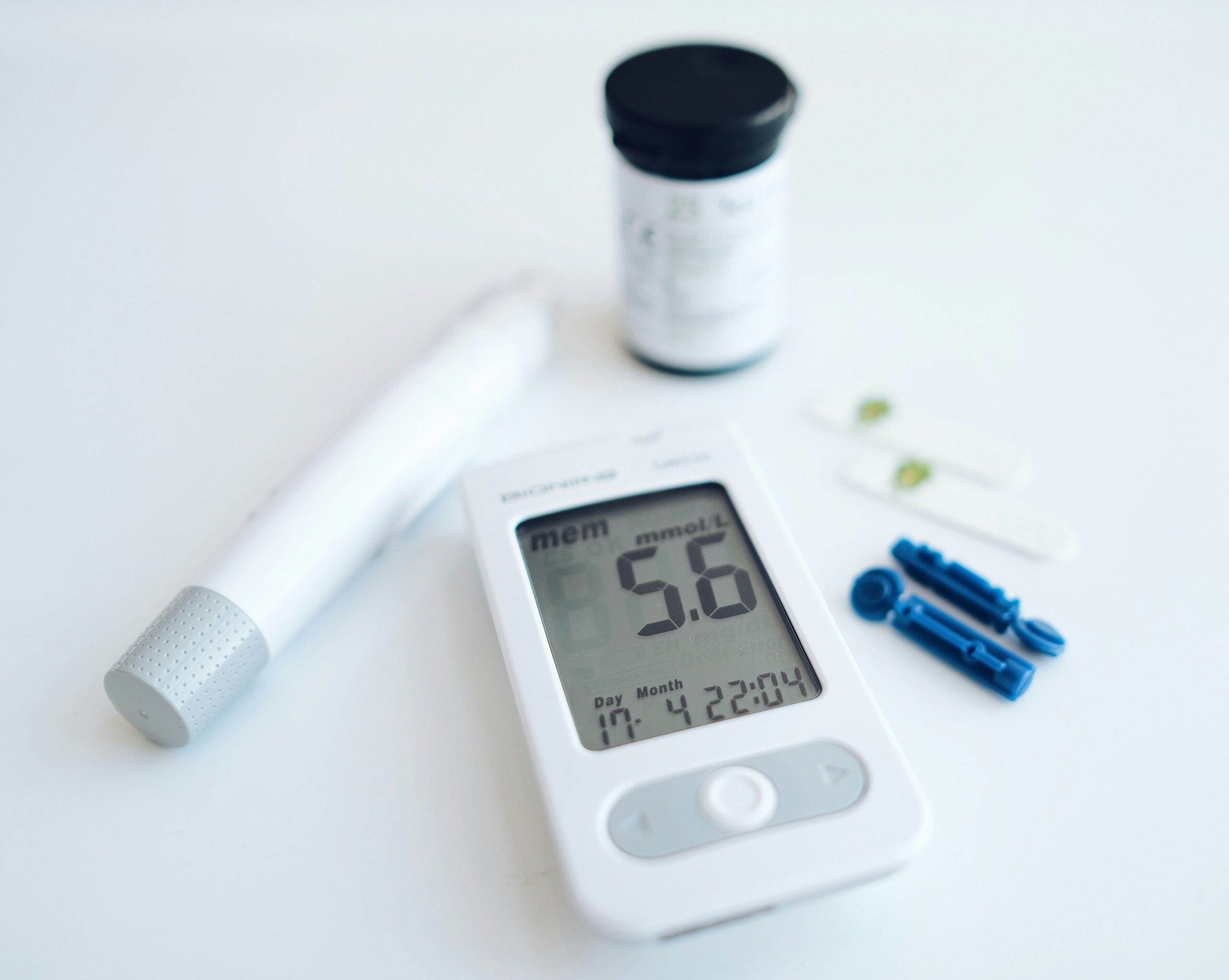Hook: Ever felt your heart racing during a work meeting, wishing there was a way to track and manage that stress in real-time? Yeah, us too. Enter the wearable stress monitor—your new secret weapon for mental wellness.
Welcome to the ultimate guide on leveraging wearable stress monitors and apps to take control of your mental health. In this post, we’ll break down how these gadgets work, share actionable tips, and even reveal what *not* to do when using them. Ready? Let’s dive into why this tech could be life-changing.
Table of Contents
- The Problem: Stress Is Killing Us
- Step-by-Step Guide: Using a Wearable Stress Monitor
- Best Practices for Managing Stress
- Real-Life Examples of Success
- FAQs About Wearable Stress Monitors
Key Takeaways
- Wearable stress monitors help you track your body’s stress signals in real-time.
- Pairing these devices with stress management apps boosts their effectiveness.
- Consistency is key—use your wearable daily for the best results.
- Avoid over-relying on tech; balance it with mindfulness practices like meditation.
The Problem: Stress Is Killing Us
“I once ignored my Fitbit’s high-stress alert because I thought it was being dramatic.” Big mistake. Turns out, unchecked stress doesn’t just make you cranky—it messes with your immune system, sleep, and even digestion. And let’s not forget the alarming stat: Chronic stress contributes to 75% of all doctor visits in the U.S. Yikes.
But here’s the kicker—how do you know when you’re truly stressed if you can’t *feel* it yet? Enter the wearable stress monitor, which acts as your personal “check engine” light for mental health. It tracks metrics like heart rate variability (HRV) and skin temperature to give you insights into your stress levels.

Step-by-Step Guide: Using a Wearable Stress Monitor
Step 1: Choose the Right Device
Optimist You: “There are so many options! How exciting!”
Grumpy You: “Ugh, fine—but only if they don’t cost an arm and a leg.”
First things first, narrow down your choices based on features. Look for wearables with HRV tracking, guided breathing exercises, and compatibility with stress management apps. Popular brands include Whoop, Garmin, and Oura Ring.
Step 2: Sync with Stress Management Apps
Pair your device with apps like Calm, Headspace, or Sanvello. These platforms offer personalized relaxation techniques based on data from your wearable stress monitor.
Step 3: Analyze Your Data Daily
Set aside five minutes each morning to review your metrics. Are you constantly spiking at 3 PM? Maybe it’s time to rethink those afternoon coffee breaks.

Best Practices for Managing Stress
- Don’t Go Solo: Combine your wearable stress monitor with journaling or therapy sessions.
- Take Breaks: Use reminders from your app to step away from work every 90 minutes.
- Vent Safely: Got a pet peeve? Rant to a friend instead of letting it simmer inside.
- CONSISTENCY IS KING: Wearing your device sporadically won’t cut it—you need regular check-ins to see patterns.
- [Anti-Tip Warning]: Don’t become obsessed! Monitoring your stress too much can ironically increase anxiety.
Real-Life Examples of Success
Maria, a busy marketing executive, struggled with migraines triggered by stress. After investing in a wearable stress monitor and pairing it with a meditation app, she reduced her monthly migraines by 60%. Her secret? She started taking mini-breathing breaks whenever her device alerted her to elevated stress.

FAQs About Wearable Stress Monitors
Are Wearable Stress Monitors Accurate?
Most modern devices use advanced sensors and algorithms, but accuracy varies. Always pair tech insights with self-awareness.
Can They Replace Therapy?
Nope—they’re tools, not therapists. Think of them as supplements to traditional methods.
Do They Work for Everyone?
Some people find more value than others. If you’re skeptical, try one for 30 days before deciding.
Conclusion
In conclusion, a wearable stress monitor isn’t magic—it’s a tool designed to empower you. By understanding your stress triggers and pairing it with effective habits, you can reclaim control of your mental wellness. Remember, consistency beats perfection every day of the week.
And hey, since we started with a hook, let’s end with something quirky:
Stress spikes high, Wear a watch to keep it low, Peace begins within.
Like a Tamagotchi, your mental health needs daily love and care. Now go forth and conquer that cortisol!


